Does the European Tour produce the world’s most complete golfers?
The purses are smaller than the PGA Tour, but does the European Tour’s diversity give aspiring golfers a more comprehensive grounding in the game?
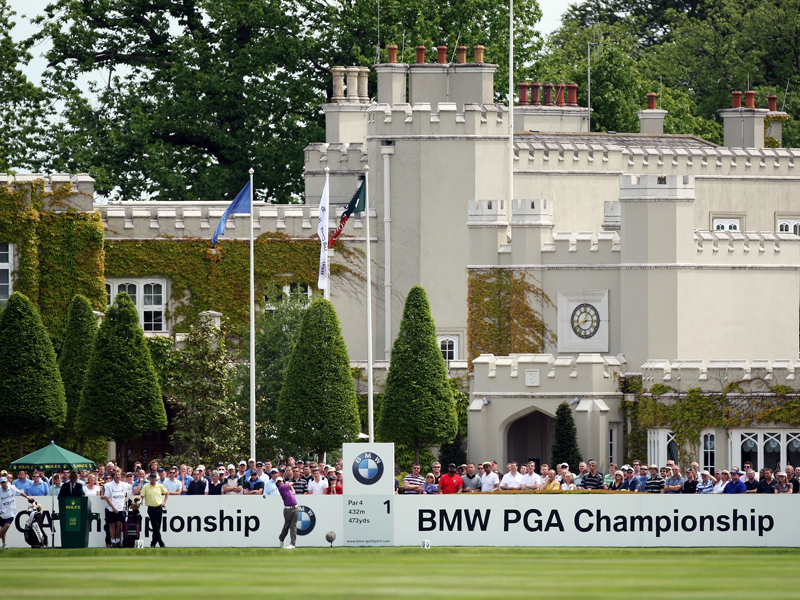

The tournaments may offer smaller prizes than those on the PGA Tour, but does the European Tour’s diversity give aspiring golfers a more comprehensive grounding in the game?
Golfers who began their professional careers on the European Tour have won 12 of the last 20 Major championships and Europe has won eight of the last 10 Ryder Cups. With tournaments across the globe contested on varying courses in all extremes of weather, does the European Tour currently produce the most battle-hardened and versatile players in world golf?
The name “European Tour” doesn’t do the scale of the circuit justice. Through 2015, the European Tour will visit 27 countries on five continents. Players on the circuit will have to adapt and move outside their comfort zones on a weekly basis in order to be competitive.
The schedule features an incredible range of courses. Yes, there are sprawling stadium-style tracks resembling those seen on the PGA Tour, but there are also more historic or quirky layouts that require the players to display different skills. Occasionally on the European Tour, power is not the key trait of the successful players.
Let’s take the Hero Indian Open from earlier this season as an example. The course at Delhi Golf Club may have looked a little rough around the edges, but there was something rather unique and appealing about the tournament. A Peter Thomson re-design, the track was relatively short. But it was also incredibly narrow, with firm-running fairways carrying errant balls towards the dense trees and shrubs lining most holes. This was a layout that demanded arrow-straight, rather than super-long, hitting. And, as a result, it was pretty difficult. Anirban Lahiri’s winning score was only seven-under-par and just 23 players broke par for the week.
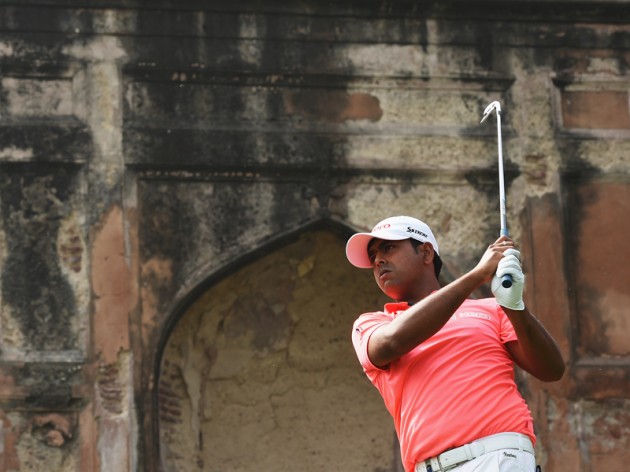
This season there will be five European Tour events hosted on links courses. To master these layouts, the players will need to employ a totally different style of play. The links requires creativity and imagination; the ability to play short shots that run out, to control a lower ball flight and to deal with treacherous crosswinds and perilous pot bunkers.
Each year at The Open Championship we see a number of PGA Tour regulars who struggle to alter their playing style to cope with the vagaries of links golf. They are so used to playing the same way each week, the concept of adapting is simply not on their radar.
Get the Golf Monthly Newsletter
Subscribe to the Golf Monthly newsletter to stay up to date with all the latest tour news, equipment news, reviews, head-to-heads and buyer’s guides from our team of experienced experts.
Tune in to any given week on the PGA Tour and you’ll see similar action: booming drives pitching at 300 yards on soft, generous fairways; enormous six irons fired from 220 yards out that come in from orbit, stopping dead on pristine, receptive greens; flop shots from anywhere within 20 yards of the hyper-fast putting surfaces. It’s certainly exciting, but many of these shots don’t travel too well.
It’s not just changing playing surfaces that European Tour regulars have to adapt to. Through the course of a season, tournaments will have been contested in almost all weathers: From the sweltering, sticky heat of the Far East, to the piercing chill of the east coast of Scotland in October.
From Malaysia to Morocco, Sun City to St Andrews, the players encounter different foods, currencies and customs. Through the year, they’ll see a broad spectrum of life across the planet and this must help them put golf into perspective.
Then there’s the travelling. The PGA Tour covers a bit of ground, but it’s not comparable to the European Tour. Through the season, PGA Tour players can spend far more time at home and it’s much easier for their families to accompany them for sections of the circuit. The cities may change, but the tournaments stay largely the same: The players stay in their comfort zones.
Many European Tour members live much of the year out of a suitcase and have only their fellow competitors and caddies for company. The travelling is undoubtedly challenging, but it gives the players grit and engenders camaraderie. These are qualities that have undoubtedly contributed to the recent European successes in the Ryder Cup.
Brooks Koepka provides a great example of the grounding the European Tour can offer. When Koepka turned pro in 2012, the American travelled to Europe to compete on the Challenge Tour. His stated objective: “to become a more rounded player.” He won four events on the circuit to earn his playing rights on The European Tour for 2014. He then won the Turkish Airlines Open towards the end of that season and was named Rookie of the Year. Koepka is now ranked in the world’s top-25 and looks capable of winning any week, on any course.
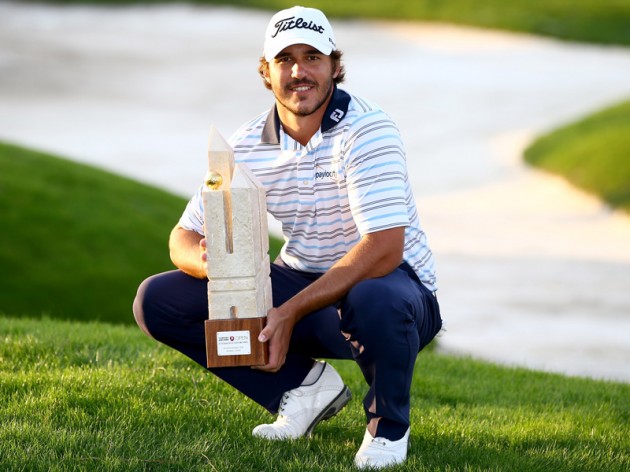
"Going that route, going over to Europe, it toughened me," Koepka said. “Learning how to travel, managing your time, going about things the right way, handling yourself off the golf course, it was big.”
It remains to be seen whether other aspiring American pros will follow Koepka’s (and Peter Uihlein’s) lead and elect to start their careers on the European Tour. You’d think they might!
But the thing is: PGA Tour events continue to offer the most significant prize funds and World Ranking points. It’s difficult for ambitious young players to look past those rewards. In order to be the best in the world, you have to beat those ranked best in the world, and the only place to try and do this on a regular basis is the PGA Tour. So, most players who prove themselves on the European Tour end up playing a number of tournaments on the PGA Tour schedule, particularly around Majors and World Golf Championship events.
But still, to be classed as one of the very best, it’s also important for a player to prove himself capable of performing in differing conditions, all around the world. The greats of tennis through the years have found a way to win on all surfaces. Similarly, the greatest golfers can mix it in howling wind and rain at Muirfield as well as under the hot Augusta sun.
Take two players of equal ability and give one three years on the PGA Tour, playing within his comfort zone, surrounded by an entourage of friends and family. Take the other and give him three years on the European Tour, travelling the world, fending for himself and playing a diverse array of courses against ever-changing opposition. The PGA Tour player would almost certainly enjoy greater financial reward, but which man would come out of those three years a more complete golfer? If you pitted them against one another, playing for their respective circuits, on a cold and windy morning down at your local club, who would you put your money on?

Fergus is Golf Monthly's resident expert on the history of the game and has written extensively on that subject. He has also worked with Golf Monthly to produce a podcast series. Called 18 Majors: The Golf History Show it offers new and in-depth perspectives on some of the most important moments in golf's long history. You can find all the details about it here.
He is a golf obsessive and 1-handicapper. Growing up in the North East of Scotland, golf runs through his veins and his passion for the sport was bolstered during his time at St Andrews university studying history. He went on to earn a post graduate diploma from the London School of Journalism. Fergus has worked for Golf Monthly since 2004 and has written two books on the game; "Great Golf Debates" together with Jezz Ellwood of Golf Monthly and the history section of "The Ultimate Golf Book" together with Neil Tappin , also of Golf Monthly.
Fergus once shanked a ball from just over Granny Clark's Wynd on the 18th of the Old Course that struck the St Andrews Golf Club and rebounded into the Valley of Sin, from where he saved par. Who says there's no golfing god?
-
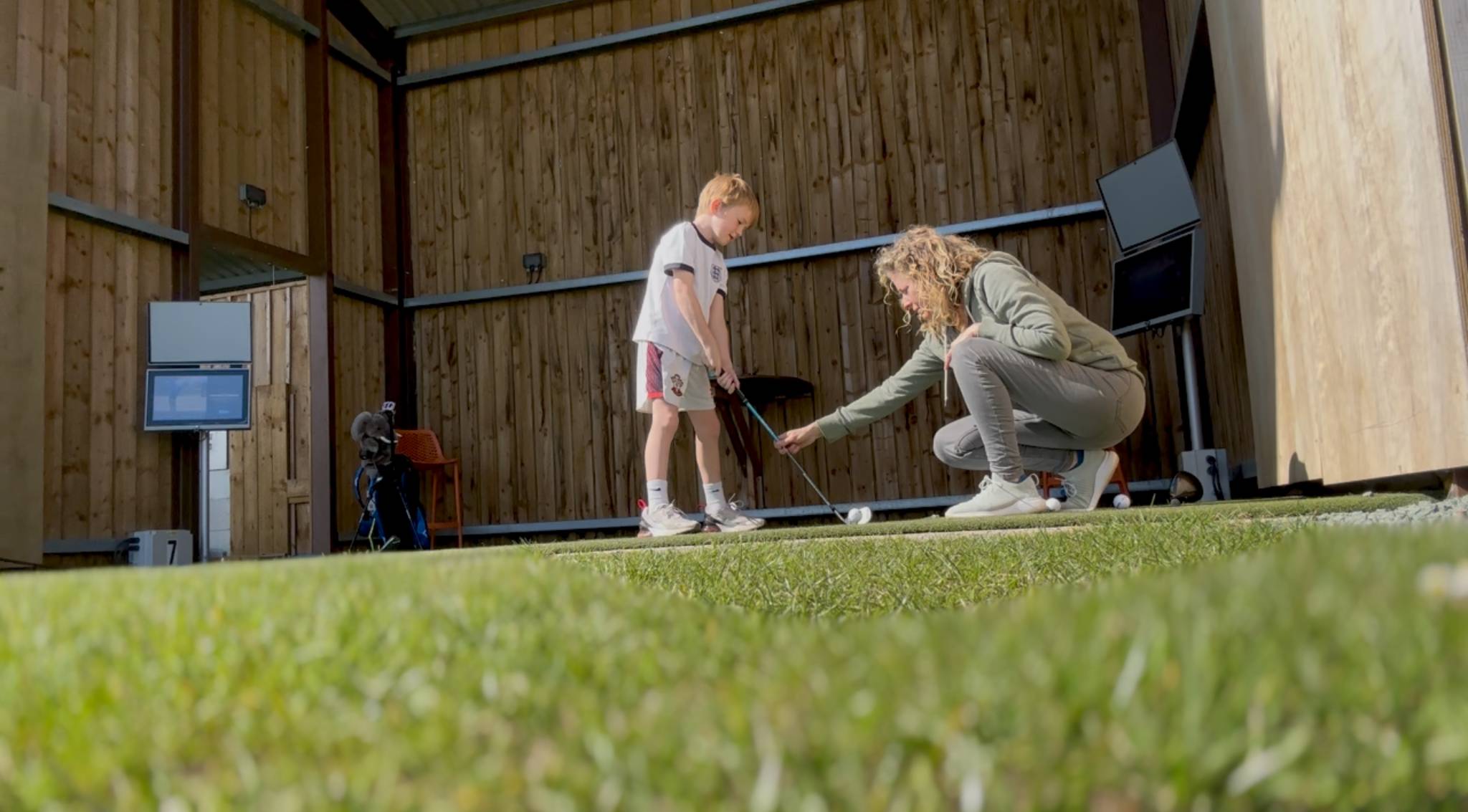 I’m A PGA Golf Coach - Here's Why I Made Sure My Kids Can Play Golf
I’m A PGA Golf Coach - Here's Why I Made Sure My Kids Can Play GolfFrom life lessons to lifelong friendships, Top 50 Coach Katie Dawkins on what golf can give your children
By Katie Dawkins
-
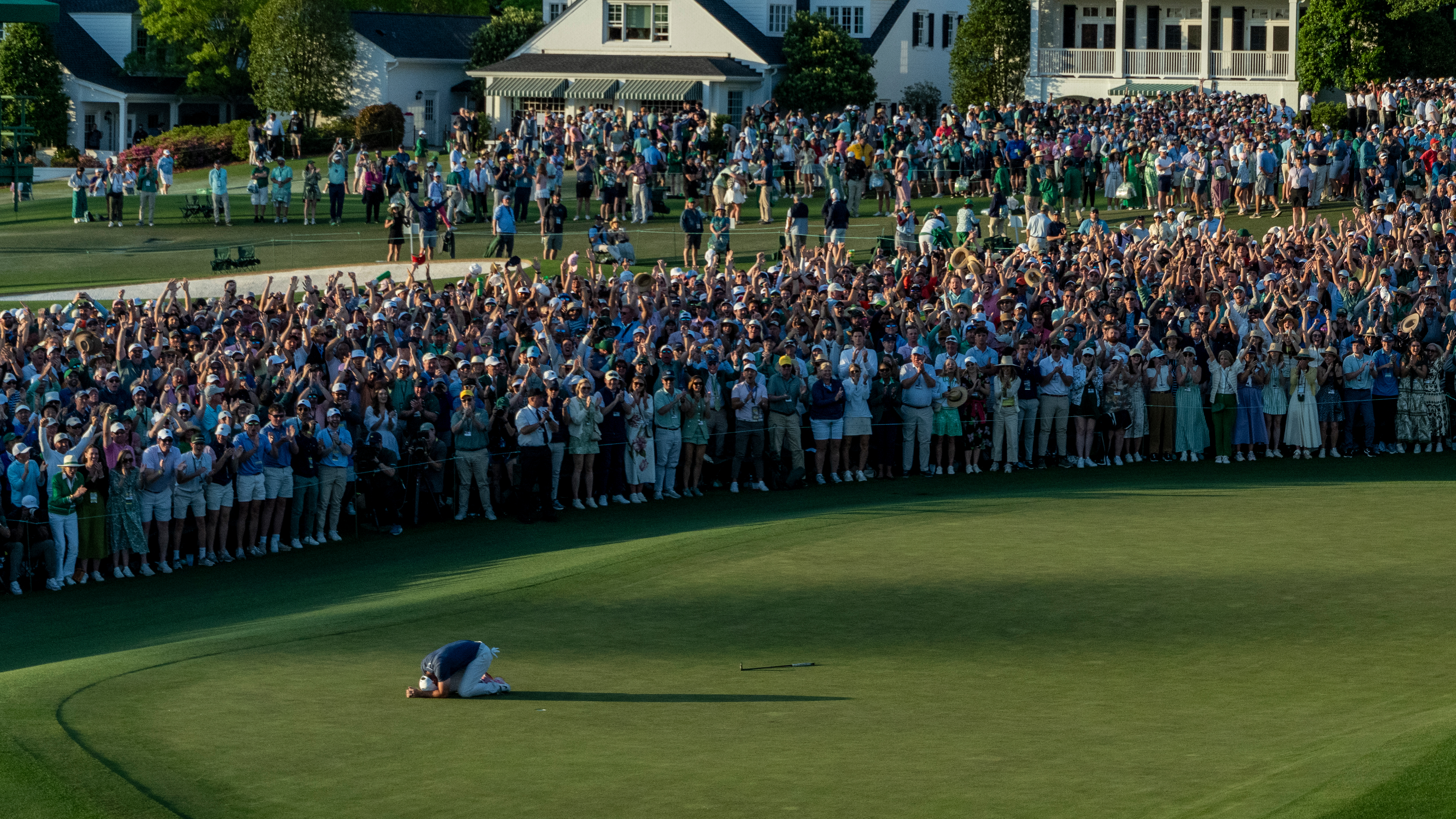 Rory McIlroy's Masters Win More Popular Than Tiger Woods In 2019 As Incredible TV Ratings Released
Rory McIlroy's Masters Win More Popular Than Tiger Woods In 2019 As Incredible TV Ratings ReleasedMcIlroy's role as golf's primary needle-mover continued on Sunday as the Northern Irishman's fifth Major attracted an awful lot of eyeballs in the USA...
By Jonny Leighfield